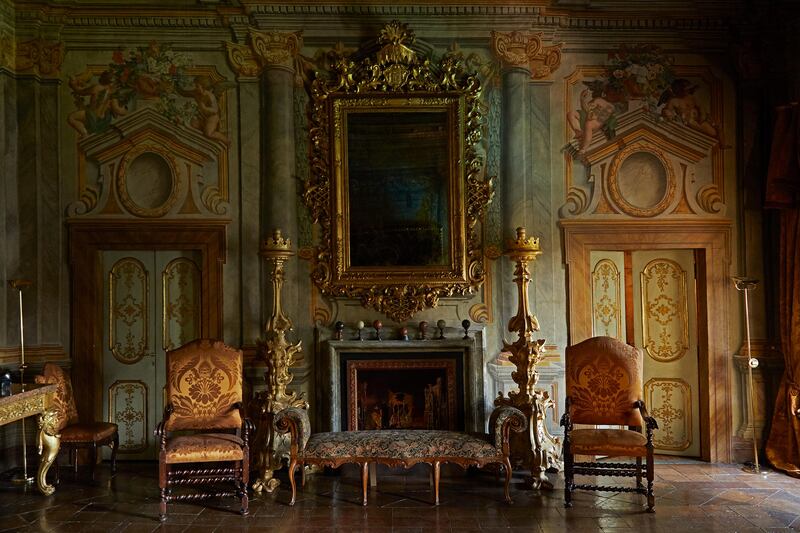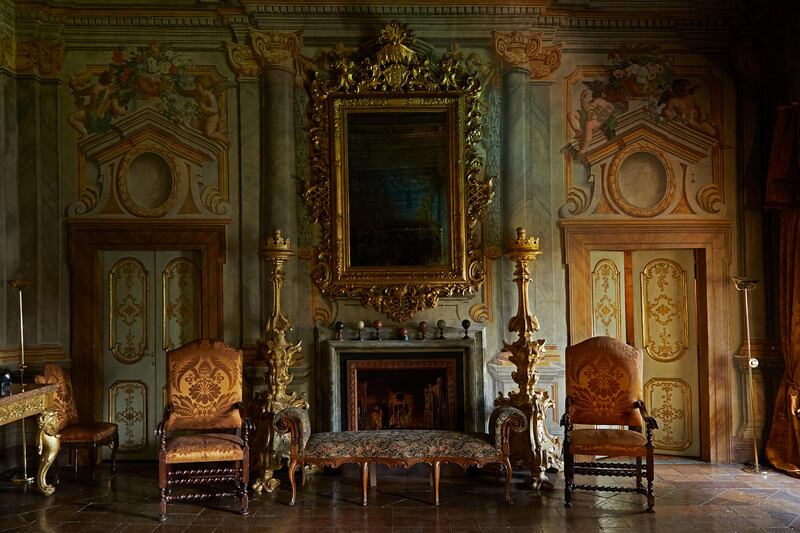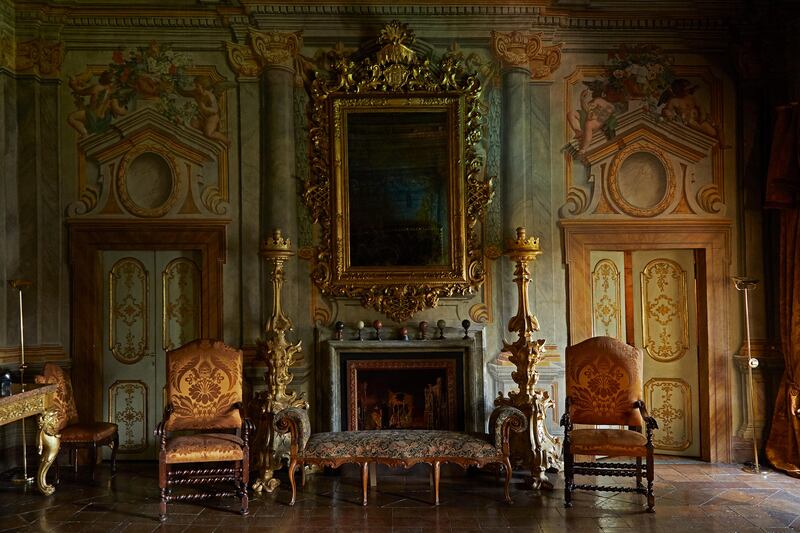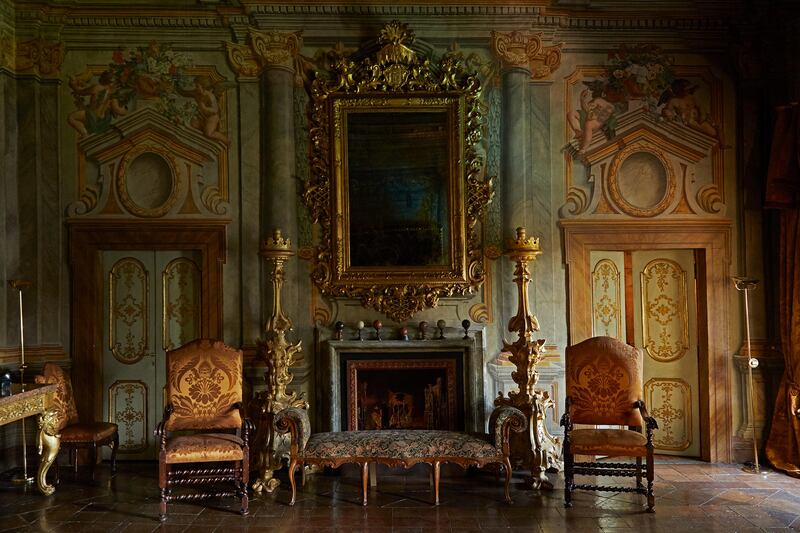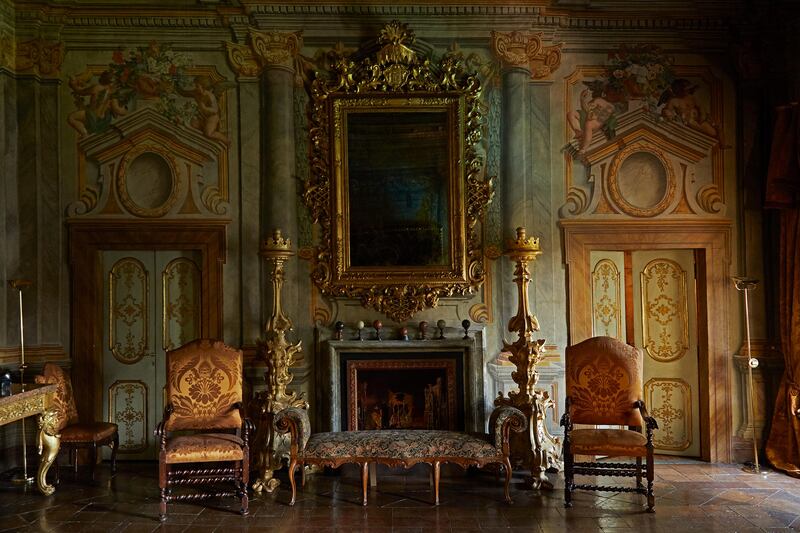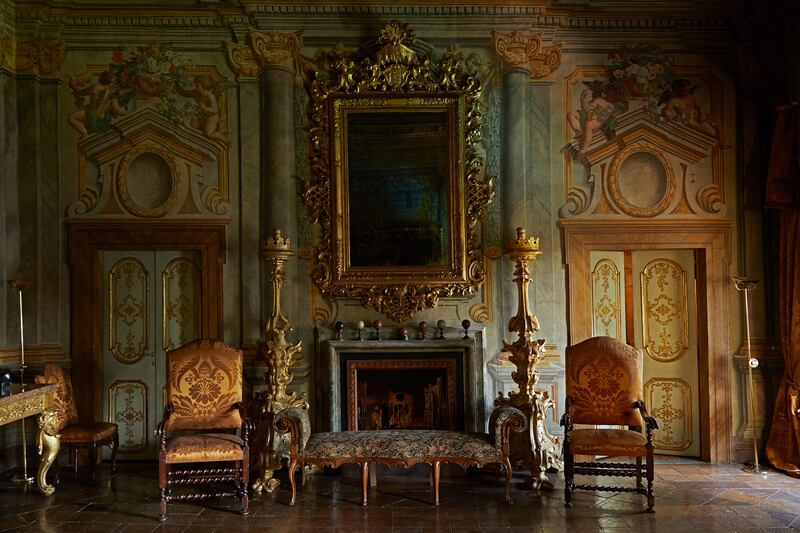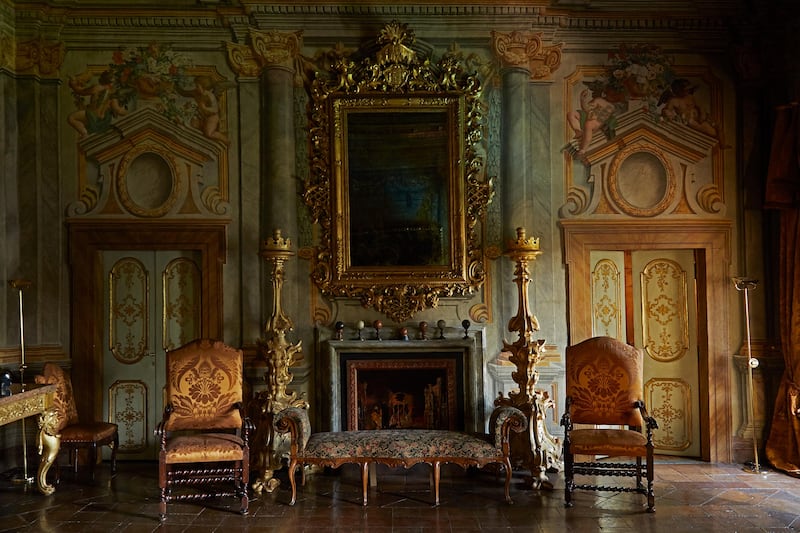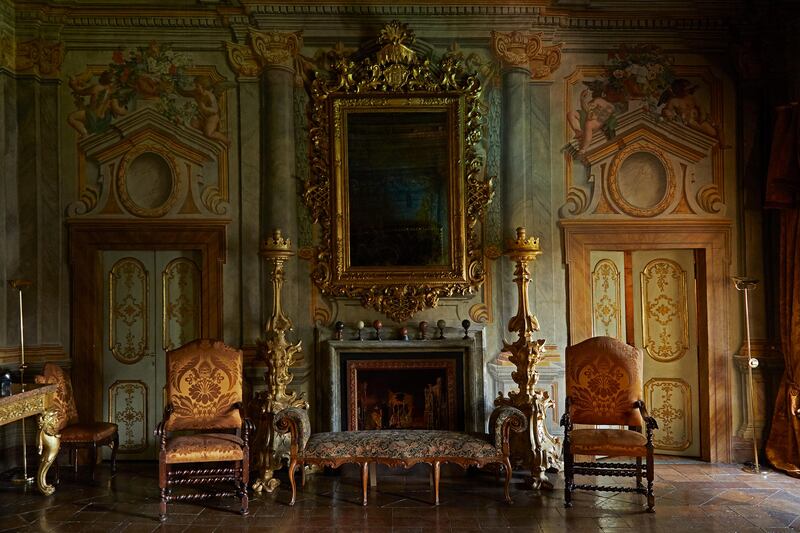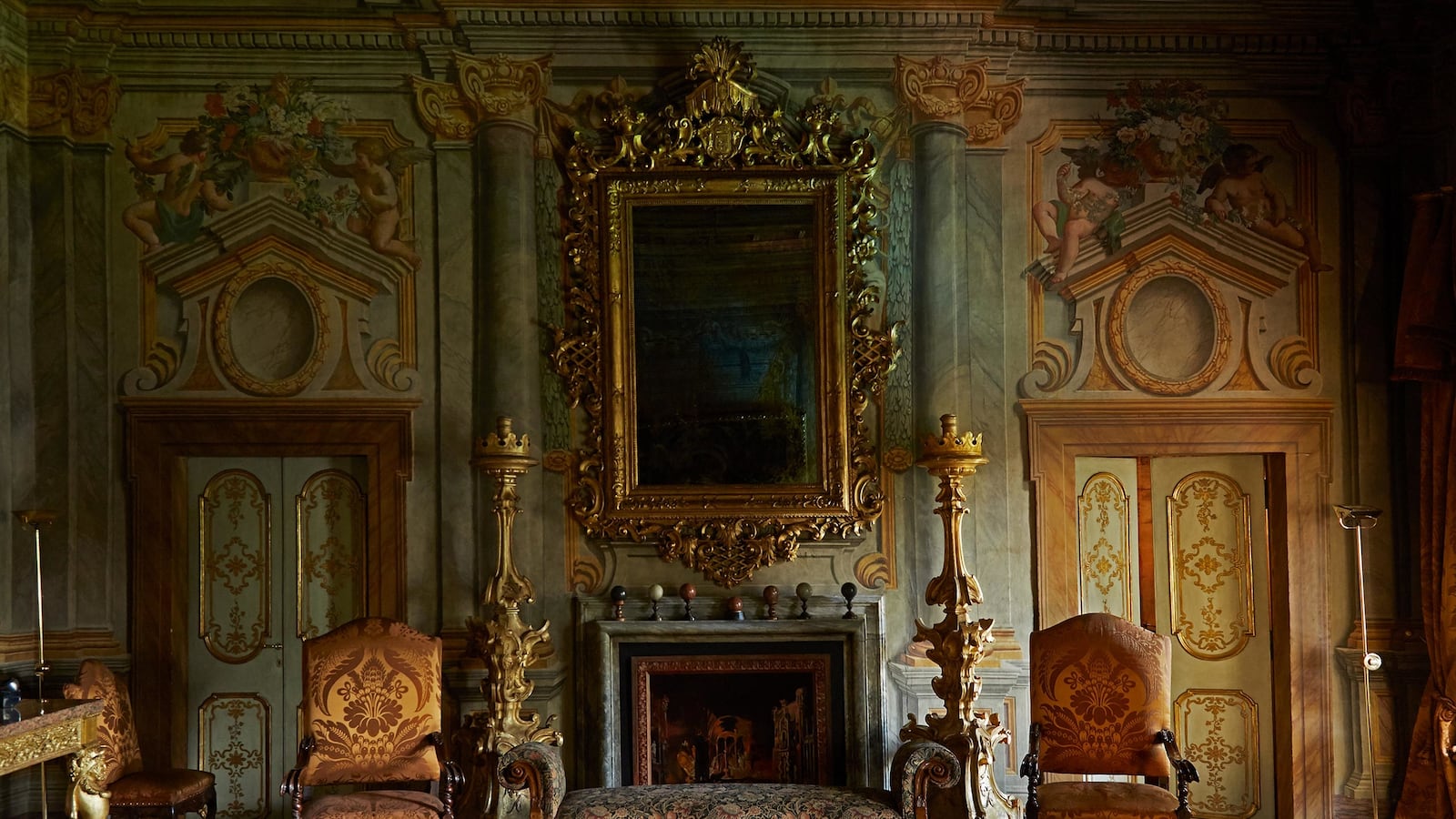He was the master of illusion, a man entrusted by global arbiters of taste including Marella Agnelli, Jil Sanders, Lee Radziwill, and Elsa Peretti to transform their homes. For many, the Genoa-born Renzo Mongiardino was the artist who elevated interior design into an art form worthy of longevity. A new book out from Rizzoli, The Interiors and Architecture of Renzo Mongiardino: A Painterly Vision, with envy-inducing photographs by Guido Taroni, captures the sumptuous set-like-yet-livable quality of his rooms. It is hard not to do what a friend of mine undergoing a renovation recently did when he saw the book on my desk and began flipping through. “Oh,” he sighed. “To have had those houses, those budgets, and Mongiardino.”
To the casual observer, interior design over the past half-century has bifurcated into two camps—minimalist and maximalist. Mongiardino, who died in 1998, somehow managed to have a foot in both camps—or perhaps transcended such sweeping categories. His work, in the words of one of the book’s contributors, the opera director and designer Patrick Kinmonth, was “never crowded yet wonderfully rich.”
The walls were, and still are, what captivated me about Mongiardino. The textures, patterns, colors, and decorative objects really were painterly in their vision. This book's photographs—especially at the villa in Pordenone from 1993-1994 and at an apartments in Milan in the 1970s and 80s—let his walls talk.
A little taste from the book of his enduring work can be found below.
